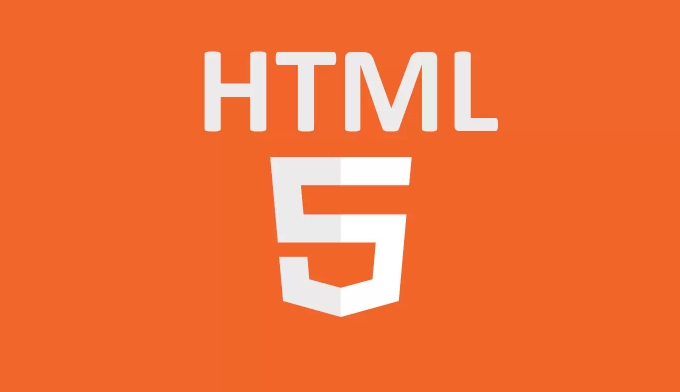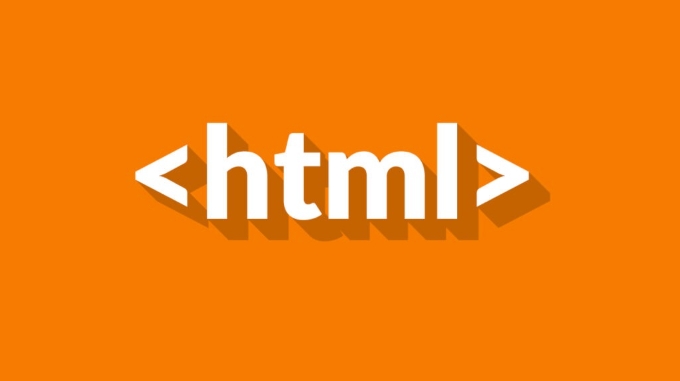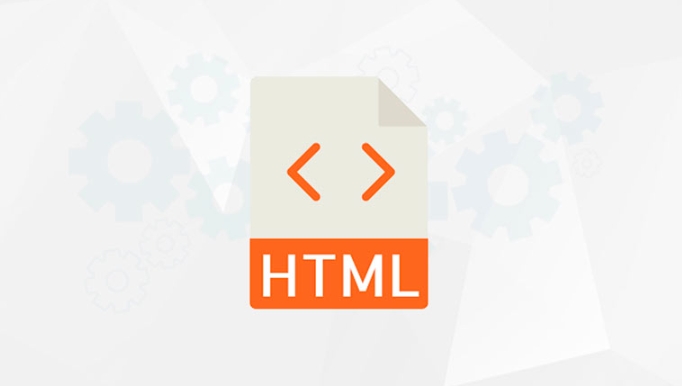What is the element used for in HTML5?
The

The <video></video> element in HTML5 is used to embed video content directly into web pages. It allows developers to include video files—such as MP4, WebM, or Ogg formats—without relying on third-party plugins like Flash.
 element used for in HTML5?" />
element used for in HTML5?" />Here’s what the <video></video> element does and why it’s important:
1. Native Video Playback
The <video></video> tag provides built-in support for playing videos in the browser. You can specify the video source using the <source></source> element, and the browser handles playback controls, buffering, and rendering.
 element used for in HTML5?" />
element used for in HTML5?" />Example:
<video controls> <source src="movie.mp4" type="video/mp4"> <source src="movie.webm" type="video/webm"> Your browser does not support the video tag. </video>
2. Customizable Controls
You can choose whether to show default playback controls (like play, pause, volume) by adding the controls attribute. Without it, the video plays silently or programmatically unless controlled via JavaScript.
 element used for in HTML5?" />
element used for in HTML5?" />3. Support for Multiple Formats
By including multiple <source></source> elements, you can provide fallback options so the video plays across different browsers, which may support different codecs.
4. Accessibility and Fallback Content
The content between the opening and closing <video></video> tags acts as fallback text for older browsers that don’t support HTML5 video. You can also add subtitles using the <track></track> element for better accessibility.
5. JavaScript Integration
The <video></video> element can be controlled with JavaScript—for example, to play, pause, adjust volume, or respond to events like onplay or onended.
Common attributes include:
-
src: Direct video file path -
controls: Shows playback controls -
autoplay: Starts playing automatically (often restricted by browsers) -
loop: Repeats the video -
muted: Mutes audio (helps with autoplay) -
poster: Displays an image before playback starts
Basically, the <video></video> element makes it easy and efficient to include and manage video on websites in a modern, standardized way.
The above is the detailed content of What is the element used for in HTML5?. For more information, please follow other related articles on the PHP Chinese website!

Hot AI Tools

Undress AI Tool
Undress images for free

Undresser.AI Undress
AI-powered app for creating realistic nude photos

AI Clothes Remover
Online AI tool for removing clothes from photos.

Clothoff.io
AI clothes remover

Video Face Swap
Swap faces in any video effortlessly with our completely free AI face swap tool!

Hot Article

Hot Tools

Notepad++7.3.1
Easy-to-use and free code editor

SublimeText3 Chinese version
Chinese version, very easy to use

Zend Studio 13.0.1
Powerful PHP integrated development environment

Dreamweaver CS6
Visual web development tools

SublimeText3 Mac version
God-level code editing software (SublimeText3)
 What is the aside element for in HTML5?
Aug 12, 2025 pm 04:37 PM
What is the aside element for in HTML5?
Aug 12, 2025 pm 04:37 PM
Theelementshouldbeusedforcontenttangentiallyrelatedtothemaincontent,suchassidebars,pullquotes,definitions,advertisements,orrelatedlinks;2.Itcanbeplacedinsideoroutsideanarticledependingoncontext;3.ItisasemanticelementthatenhancesaccessibilityandSEObyp
 How to create a simple HTML5 webpage
Aug 12, 2025 am 11:51 AM
How to create a simple HTML5 webpage
Aug 12, 2025 am 11:51 AM
To create a simple HTML5 web page, you need to first use the declaration document type, and then build a basic structure containing, and, which sets the character encoding, viewport and title, add visible content such as title, paragraph, link, pictures and lists. Save it as a .html file and open it directly in the browser for viewing, without server support. This is the basis of a complete and effective HTML5 page.
 What is the draggable attribute in HTML5
Aug 12, 2025 am 09:50 AM
What is the draggable attribute in HTML5
Aug 12, 2025 am 09:50 AM
ThedraggableattributeinHTML5specifieswhetheranelementcanbedragged,withvalues"true","false",oranemptystring(sameas"true").2.Settingdraggable="true"enablesdrag-and-dropforanyelement,butJavaScripteventlistenerslik
 How to create a custom checkbox with HTML5
Aug 16, 2025 am 07:05 AM
How to create a custom checkbox with HTML5
Aug 16, 2025 am 07:05 AM
To create a custom checkbox, you must first use an HTML structure with label to ensure accessibility; 2. Hide the default checkbox through CSS but retain its functionality; 3. Use pseudo-elements and pseudo-classes to draw the selected state on the custom .checkmark elements; 4. Add hover, focus and select styles to enhance interactive feedback; 5. Keep native inputs present to support keyboard navigation and screen readers, and ultimately achieve beautiful and accessible custom checkboxes.
 How do you use the autofocus attribute in HTML5?
Aug 14, 2025 pm 06:47 PM
How do you use the autofocus attribute in HTML5?
Aug 14, 2025 pm 06:47 PM
Theautofocusattributeautomaticallyfocusesaformelementwhenapageloads.2.Itisabooleanattribute,sonovalueisneeded—justincludeautofocusinthetag.3.Onlyoneelementperpageshoulduseittoavoidunpredictablebehavior.4.Itworksoninput,textarea,select,andbuttonelemen
 How to use the nav tag for navigation links in HTML5
Aug 15, 2025 am 05:55 AM
How to use the nav tag for navigation links in HTML5
Aug 15, 2025 am 05:55 AM
ThetaginHTML5isusedtodefineasectionofmajornavigationlinks,providingsemanticstructureandimprovingaccessibilityandSEO;itshouldwrapprimarynavigationelementslikemenusortablesofcontents,noteverylinkonapage,andcanbeenhancedwithARIAlabelssuchasaria-label=&q
 What is a definition list in HTML5?
Aug 20, 2025 pm 02:01 PM
What is a definition list in HTML5?
Aug 20, 2025 pm 02:01 PM
AdefinitionlistinHTML5iscreatedusingtheelementtogroupterms()withtheirdefinitions(),allowingmultipletermstoshareadefinitionoratermtohavemultipledefinitions,makingitidealforFAQs,glossaries,metadata,andcontactdetailswhileimprovingaccessibilityandSEOthro
 What is the datalist element used for in HTML5?
Aug 15, 2025 am 02:23 AM
What is the datalist element used for in HTML5?
Aug 15, 2025 am 02:23 AM
TheelementinHTML5providesanautocompletefeatureforinputfieldsbyofferingadropdownofpredefinedoptionswhileallowingcustomtextentry;1.Itislinkedtoaninputusingthelistattributereferencingthedatalist'sid;2.Thesuggestionsaredefinedusingelementswithinthe;3.Unl







